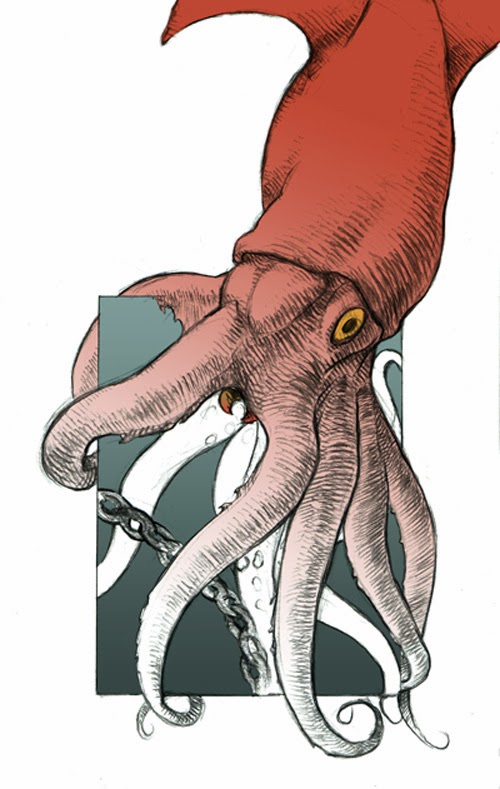East West Players (EWP), the nation’s premier Asian American theatre, celebrates the achievements of individuals who have raised the visibility of the Asian Pacific American (APA) community through their craft at the 48th Anniversary Visionary Awards Dinner & Silent Auction. The fundraising event will take place on Monday April 28, 2014 at the Universal Hilton. Proceeds from the gala will benefit East West Players’ educational and artistic programs.
The 2014 Honorees are:
Paul Kikuchi (Made In America Award) is a Japanese American playwright/screenwriter. His first play,
Ixnay received its world premiere in East West Players’ 2008-2009 season. In 2011, East West Player presented the world premiere of Paul’s third play
Wrinkles. The following year, his fourth play
Slice was presented by Metamorphosis Theatre Company at the Fremont Center Theatre in South Pasadena. His other play is
The Long Arm of Stanly Matsui. As a screenwriter, two of his screenplays,
Blindsided and
Turnaround have been optioned.
Reggie Lee (Visionary Award) stars as ‘Sgt. Wu’ on NBC’s hit sci-fi police drama
Grimm currently in its third season. Prior to
Grimm, he was best known for his role as Secret Service Agent ‘Bill Kim’ on the popular FOX show
Prison Break. Since having starred as Lance Nguyen in Universal’s high-octane blockbuster
The Fast and the Furious in 2001, Lee has had memorable roles in films from
Pirates of the Caribbean to
Tropic Thunder, and more recently, in
Safe and
The Dark Knight Rises. Stage credits include Broadway and National Touring Companies of
Miss Saigon and
Carousel. He continues to be active with East West Players.
Peter Lenkov and Ken Solarz (Visionary Award) are the Executive Producers of TV show
Hawaii 5-0 airing on CBS and is seen in over 200 countries.
Peter Lenkov has been a writing producer of movies and television shows for nearly 20 years. Prior to
Hawaii 5-0, Lenkov served as executive producer on
CSI:NY for which he won a Media Access Award. Lenkov’s additional television credits include
24, for which he earned an Emmy nomination for Best TV Series,
The District and
La Femme Nikita. He also co-produced the miniseries
XIII based on the popular graphic novel and video game of the same name and created
Metajets and
Kung Fu Dino Posse, two new animated TV shows. On the big screen, writing and producing credits include
Demolition Man, starring Sylvester Stallone and Sandra Bullock,
Son in Law and
Jury Duty. In July 2013, Universal released
R.I.P.D., starring Jeff Bridges, Ryan Reynolds, and Kevin Bacon. The film was based on the comic book written by Lenkov for Dark Horse Publishing. Lenkov’s second comic series
Fort: Prophet of the Unexplained was nominated for a Bram Stoker Award in 2002.
Ken Solarz began his professional writing career as a journalist for both print and television. He covered organized crime, politics and produced documentaries while working for ABC, PBS and CNN. Ken came to Hollywood in 1986 to write for Michael Mann’s
Crime Story and
Miami Vice. Ken has also had four movies produced, including
City of Industry. He has written and produced thirteen other television series including the
Untouchables,
Profiler, and
CSI:NY.
Maurissa Tancharoen (Visionary Award) is currently co-creator and executive producer on Marvel’s
Agents of S.H.I.E.L.D. for ABC television. Born and raised in Los Angeles, she grew up singing and dancing, and toured the country as a member of a Motown pop group. At Occidental College, she became heavily involved in the theater and wrote several award-winning plays. She started her screenwriting career as a staff writer on the FOX series
Oliver Beene before moving on to write an action-comedy for Revolution Studios. She also created and executive produced the MTV series
Dance Life with her brother, director Kevin Tancharoen (Mortal Kombat Legacy, Fame). With her husband, Jed Whedon, and his brothers, she co-wrote and appeared in the Emmy Award winning musical
Dr. Horrible’s Sing-Along Blog. She then went on to write and produce for television shows such as
Dollhouse,
Drop Dead Diva, and
Spartacus.
Current major sponsors of the gala include: PLATINUM CIRCLE – Edison International, NBC Universal, Mattel, The Walt Disney Company, CBS; GOLD CIRCLE – The Thomas R. Bancroft Family, Wells Fargo; SILVER CIRCLE – Sony Pictures Entertainment; BRONZE CIRCLE – Lynn & Brian Arthurs, Tim Dang & Darrel Cummings, I.W. Group, Inc., Rod Nakamoto, Lynn Waggoner, Reggie Lee, Sanrio, HBO, Union Bank, Mnet America; VIP Reception Sponsor is Comcast.
Award-winning composer Nathan Wang (Beijing Olympics/Shaolin Monks, Steven Spielberg’s Oscar Award-winning film The Last Days) will serve as the evening’s Musical Director.
East West Players’ 48th Anniversary Visionary Awards Dinner and Silent Auction will be held on Monday, April 28, 2014 at the Hilton Universal City, 555 Universal Hollywood Drive, Universal City, CA 91608. The no-host reception and silent auction will start at 6pm. The dinner and awards program will start at 7pm. Tickets are $175 – $1,750. Full table sponsorship packages are also available. For more information on East West Players’ 48th Anniversary Visionary Awards Dinner and Silent Auction, please visit contact East West Players at (213) 625-7000 or
contactewp@gmail.com.




































